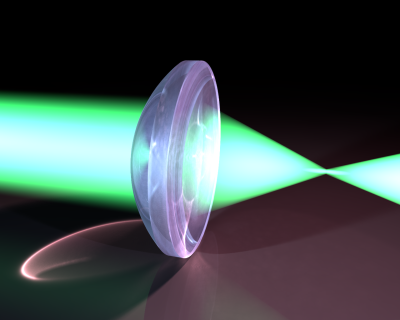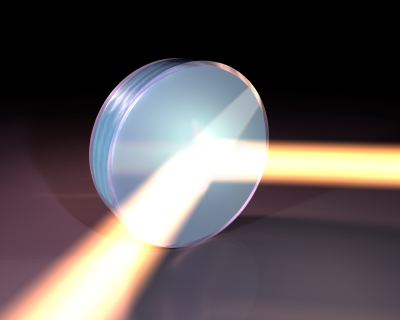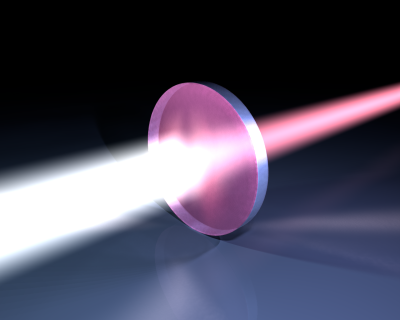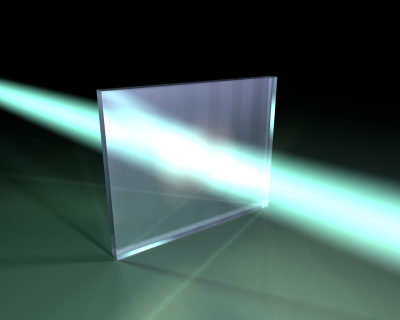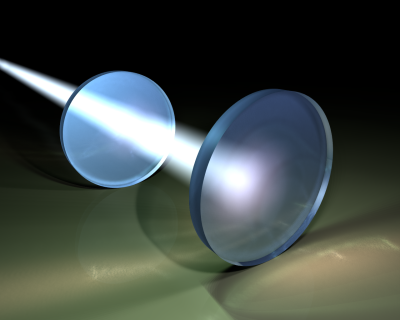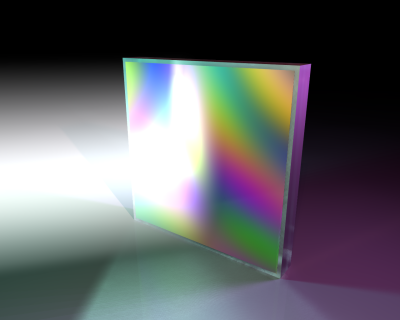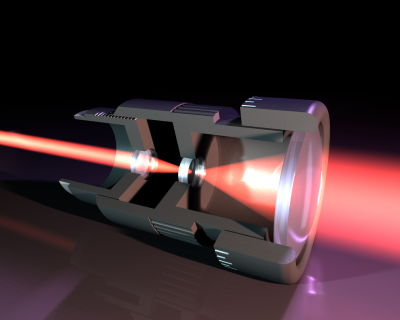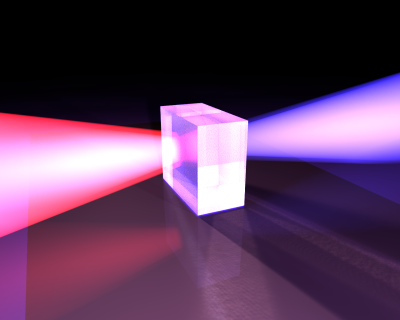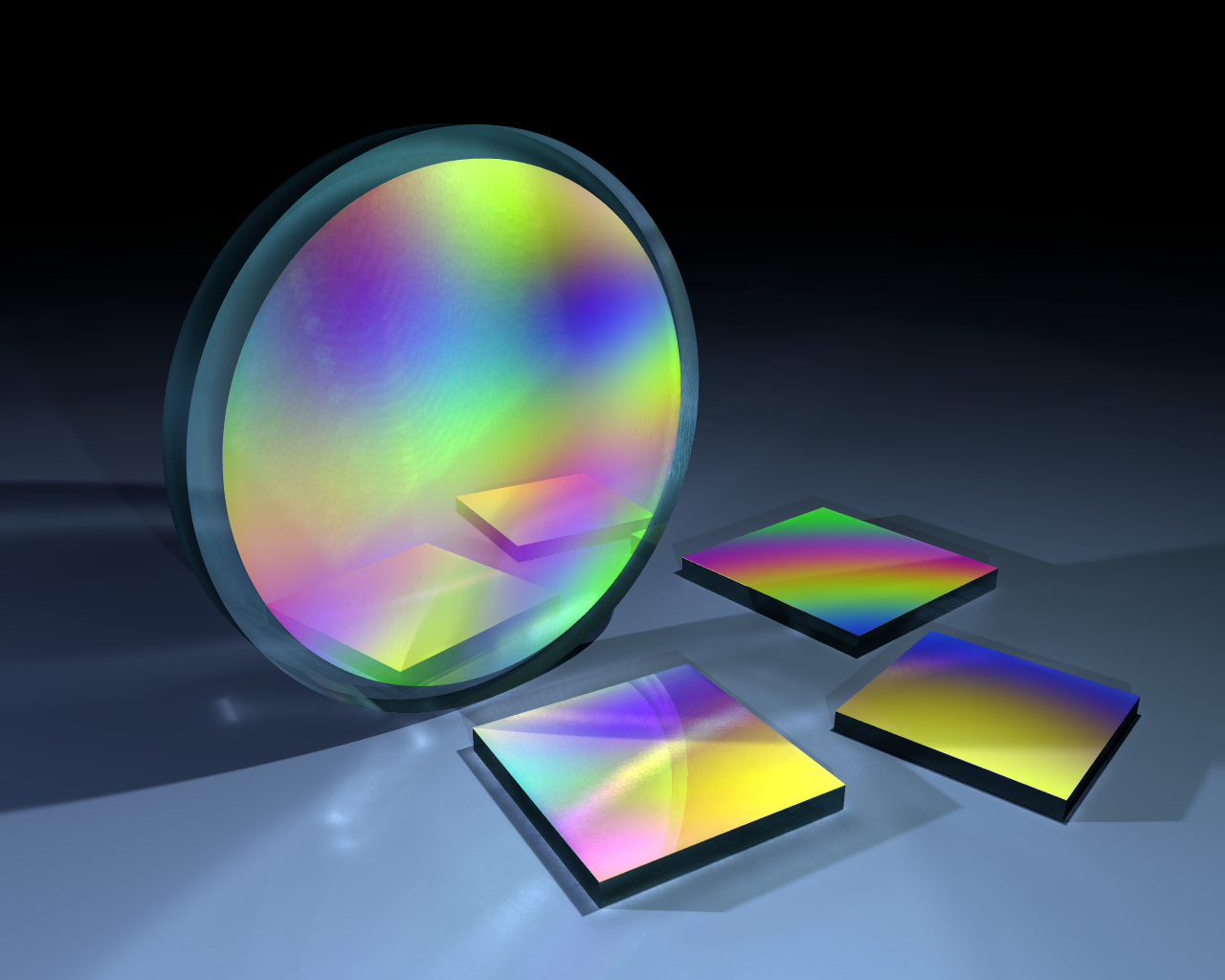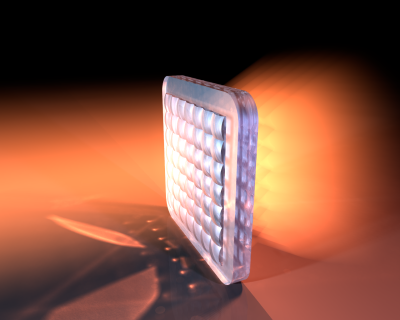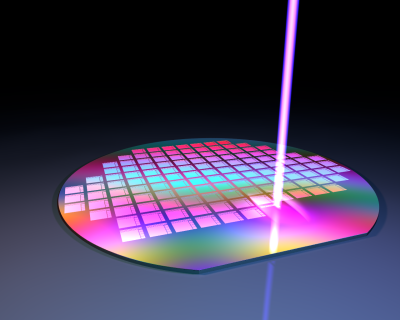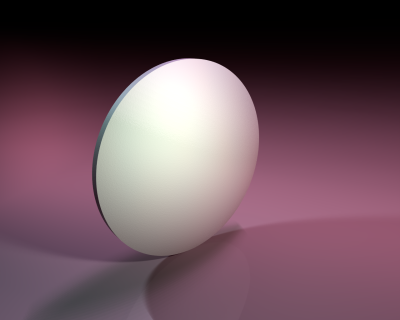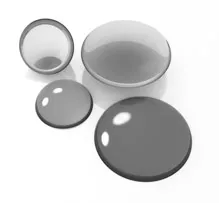Select products you want to compare
The focal length measures the strength of an optical system to converge (focus) or diverge light. It is related to the radius of curvature and inversely proportional to the optical power.
[Learn More] Partially cover the range: Show products that work over part of the specified range.
:
Center thickness is the material thickness of the component measured at its center.
[Learn More] Thickness indicates the distance between two surfaces. Larger thickness allows for greater heat dissipation and higher resistance to stress in machining, blocking, and handling, however it increases weight and dispersion.
[Learn More] The f/# is the ratio of the focal length, (f), of the lens to the effective aperture diameter. The larger the f-number, the smaller the aperture, and the lower the light throughput.
[Learn More] Edge thickness is the material thickness of an optical component measured at the edge.
[Learn More] Optical substrates are designed to transmit across a specified wavelength range with specific dispersion and thermal expansion characteristics.
[Learn More] Quantifies the range of angles over which an optical system can accept or emit light. In a single lens, it is proportional to the optics diameter and inversely proportional to the focal length.
[Learn More] Coatings are used to alter the reflective properties of a surface. They can be used to increase transmission (AR Coatings), increase reflection (HR Coatings) or selectively transmit or reflect certain wavelengths.
[Learn More] The clear aperture is the pupil of the system that preserves all specifications defined by the manufacturer. It is always smaller than the diameter of the optic.
[Learn More] Surface Irregularity, Surface Flatness or Surface Figure is the maximum deviation from a fully flat face along the same lateral dimensions specified in fraction of reference wavelength.
[Learn More] Copy
Copy
Copy
Copy
Copy
Copy
Copy
Copy
Copy
Copy
Copy
Copy
Copy
Copy
Copy
Copy
Copy
Copy
Copy
Copy
Copy
Copy
The focal length measures the strength of an optical system to converge (focus) or diverge light. It is related to the radius of curvature and inversely proportional to the optical power.
[Learn More] 